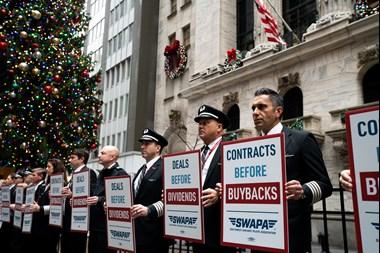Commentary
The January jobs report Establishment Survey showed that the economy added 517,000 new jobs, wildly beyond the consensus estimate of 185,000 jobs. Net revisions for November and Decembber resulted in an additional 71,000 more jobs for the last three months. (It is generally believed that 200,000–250,000 jobs are required to accommodate population growth.) The unemployment rate printed at 3.4 percent.





